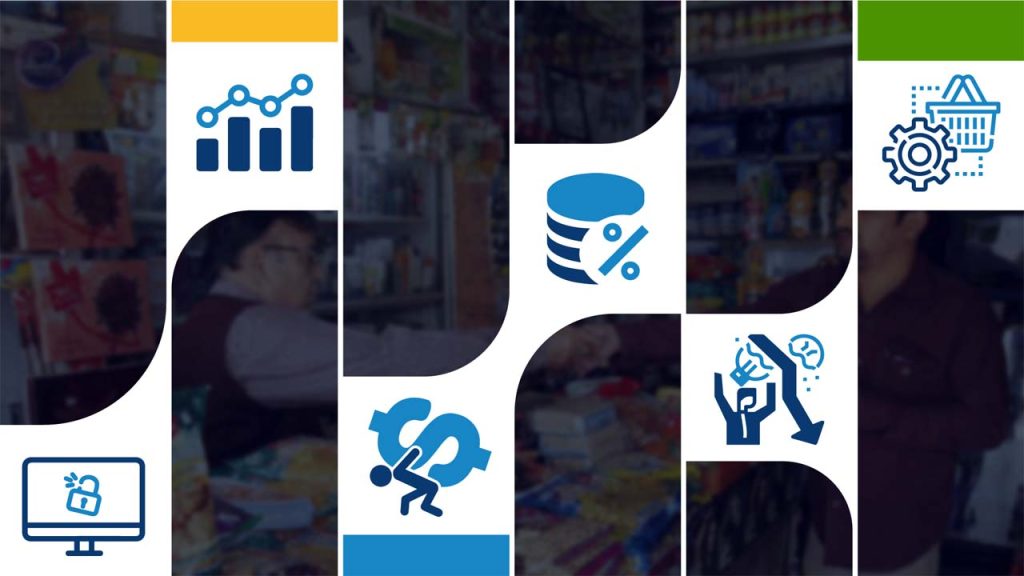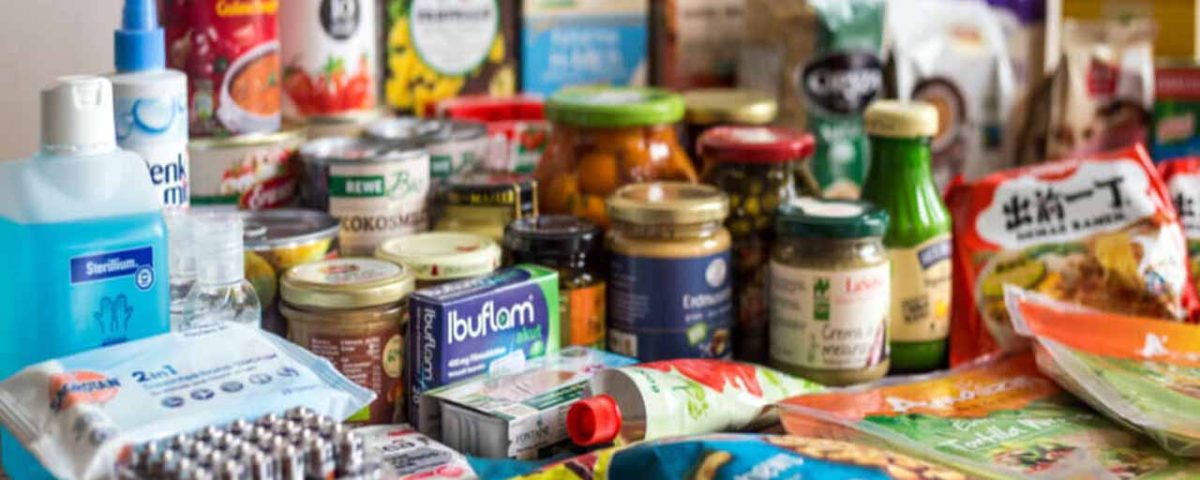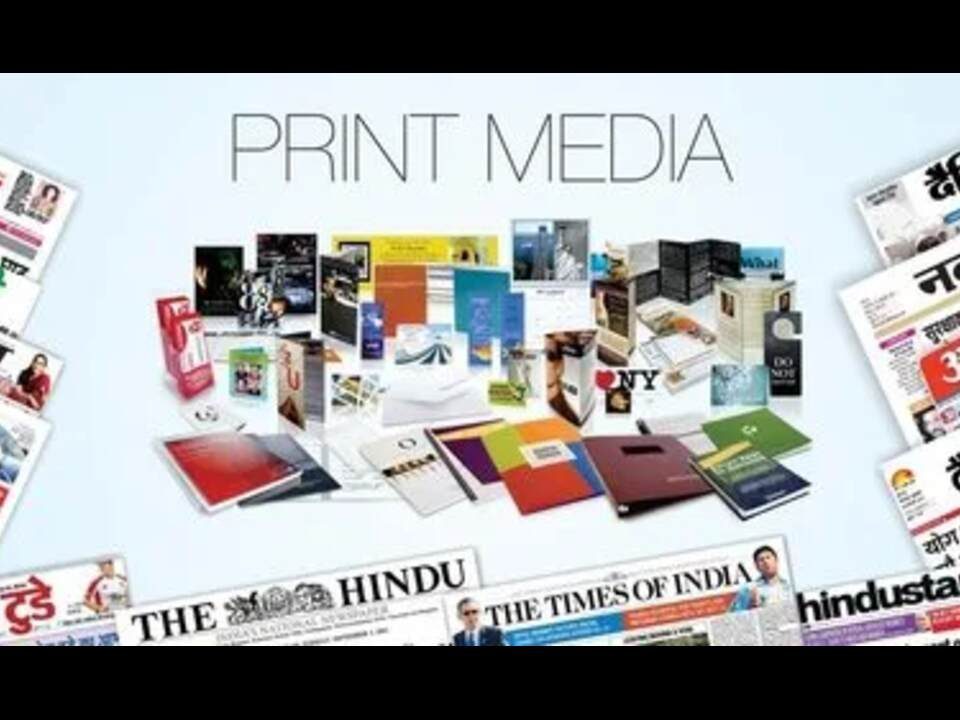Sports Advertising: Importance, Relevance, and Insight
June 25, 2025
Media Vehicle: Importance in Advertising
June 30, 2025In the fast-paced world of retail and distribution, Consumer Packaged Goods (CPG) play a critical role in shaping consumer habits and driving market trends. Understanding the dynamics of CPG is essential for businesses looking to thrive in today’s competitive landscape. This blog will delve into the definition of CPG, its significance in the economy, the challenges it faces, and strategies for success.
Key Points to Consider
- Market Impact: CPG represents a significant portion of retail sales globally.
- Consumer Behavior: Understanding consumer preferences is key to product success.
- Innovation: Constant innovation is essential to stay relevant.
- Sustainability: The demand for sustainable products is on the rise.
- Digital Transformation: E-commerce is reshaping how CPG products are marketed and sold.
What Are Consumer Packaged Goods?
Consumer Packaged Goods (CPG) are items that are sold quickly and at relatively low cost. These goods are typically consumed on a daily basis and include a wide range of products such as food and beverages, toiletries, and cleaning products. The CPG sector is crucial for the economy, representing a large part of retail sales and employment.
Key Components of CPG
- Fast-Moving Nature: CPG items are sold quickly and are often restocked frequently. Their short shelf life encourages quick turnover and regular purchasing.
- Brand Loyalty: Many consumers develop loyalty to specific brands. This loyalty can significantly influence purchasing decisions and market share.
- Retail Distribution: CPG products are distributed through various retail channels, including supermarkets, convenience stores, and e-commerce platforms.
- Marketing Strategies: Effective marketing is crucial for CPG brands. Advertisements, promotions, and product placements play a vital role in driving sales.
- Packaging and Design: The visual appeal of product packaging can greatly impact consumer choices. Well-designed packaging can enhance brand recognition and attract potential buyers.
Understanding these components is essential for businesses seeking to succeed in the CPG industry.
The Importance of CPG in the Economy

CPG holds a vital position in the economy, influencing various sectors such as manufacturing, distribution, and retail. The growth of this sector has far-reaching implications, not only for businesses but also for consumers and the overall economy.
Economic Impact of CPG
- Employment Opportunities: The CPG sector creates millions of jobs worldwide, from manufacturing to retail. This broad employment base supports local economies and contributes to job stability.
- Consumer Spending: CPG represents a significant portion of consumer spending. As disposable incomes rise, consumers tend to spend more on packaged goods, driving economic growth.
- Supply Chain Dynamics: The CPG industry relies on complex supply chains that involve raw material procurement, manufacturing, and distribution. Efficiency in these processes can enhance productivity and reduce costs.
- Innovation Catalyst: The demand for innovative products drives research and development within the CPG sector. Companies are constantly looking for ways to improve existing products or create new ones that meet consumer needs.
- Global Trade: CPG products are traded globally, affecting international trade relationships. Exporting goods can enhance a country’s economic stability and influence trade policies.
The economic significance of CPG cannot be overstated, as it plays a crucial role in shaping market trends and consumer behavior.
Challenges Facing the CPG Industry

Despite its importance, the CPG sector faces several challenges that can impact growth and profitability. Recognizing these challenges is crucial for businesses aiming to navigate the complexities of the industry successfully.
Major Challenges in CPG
- Market Saturation: With numerous brands competing for consumer attention, the market can become saturated. Differentiating products becomes increasingly challenging.
- Changing Consumer Preferences: Today’s consumers are more health-conscious and environmentally aware. Brands must adapt to these preferences to remain relevant.
- Supply Chain Disruptions: Events like the COVID-19 pandemic have highlighted vulnerabilities in supply chains. Companies must develop resilient supply chains to mitigate risks.
- Regulatory Compliance: The CPG industry is subject to various regulations concerning product safety, labeling, and environmental impact. Compliance can be complex and costly.
- E-commerce Competition: The rise of online shopping has transformed the retail landscape. CPG brands must adapt their strategies to compete effectively in the digital marketplace.
Understanding these challenges can help businesses strategize effectively and position themselves for long-term success in the CPG market.
Strategies for Success in CPG

To thrive in the competitive landscape of consumer packaged goods, businesses must implement effective strategies that address industry challenges and leverage opportunities.
Effective Strategies for CPG Brands
- Focus on Innovation: Continuous innovation in product development and packaging can help brands stay ahead of competitors. This includes offering new flavors, healthier options, or sustainable packaging solutions.
- Leverage Data Analytics: Utilizing data analytics can provide insights into consumer behavior, helping brands make informed decisions regarding product development, pricing, and marketing strategies.
- Emphasize Sustainability: As consumers increasingly seek eco-friendly products, CPG brands should prioritize sustainability in their operations. This can include sourcing materials responsibly and minimizing waste.
- Enhance Digital Presence: Investing in a strong online presence can improve visibility and accessibility. Brands should utilize social media, e-commerce platforms, and digital marketing strategies to engage consumers effectively.
- Build Strong Relationships: Collaborating with retailers, suppliers, and other stakeholders can enhance brand visibility and distribution efficiency. Strong relationships can lead to mutually beneficial partnerships.
By implementing these strategies, CPG brands can position themselves for success in an ever-evolving market.
Conclusion: The Future of Consumer Packaged Goods
In conclusion, Consumer Packaged Goods (CPG) play a pivotal role in the global economy and significantly influence consumer behavior. By understanding the components, importance, challenges, and strategies related to CPG, businesses can navigate this dynamic industry more effectively.
Key Takeaways
- Market Influence: CPG represents a significant portion of retail sales globally.
- Adaptability: Brands must adapt to changing consumer preferences and market dynamics.
- Innovation is Key: Continuous innovation and data-driven strategies are essential for success.
- Sustainability Matters: The demand for sustainable products is growing, necessitating a focus on eco-friendly practices.
- Digital Transformation: A strong digital presence is crucial for engaging modern consumers and competing effectively.
The future of CPG is bright, but businesses must remain agile and responsive to market changes. Embracing innovation, sustainability, and digital transformation will be crucial for thriving in the consumer packaged goods sector.




